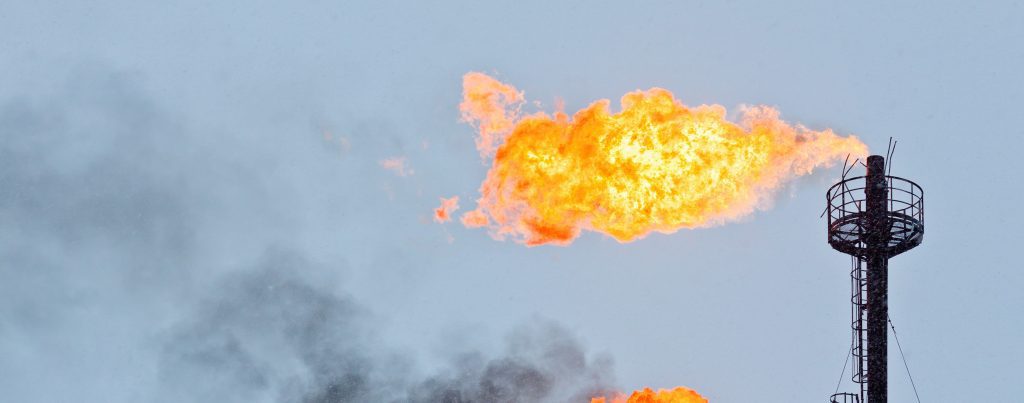This is a guest blog by Beatrice Ekoko, who coordinates communications at Faith and the Common Good (FCG). FCG is a network of people from different faiths and cultures who believe in working towards the common good. As people of different faith traditions, we affirm common values of peace, participation, human rights, ecological inter-relationship, eco-sustainability and compassion for all beings as cornerstones of a healthy society.
Taking care of the earth is an important principle for many faith groups. Across Ontario, this principle is front and centre as faith groups turn to renewable energy for their sacred spaces.
According to the International Energy Agency, we need to keep two thirds of known fossil fuel reserves in the ground if we’re to avoid the worst of climate catastrophes. It’s critical we wean ourselves off polluting fossil fuels, such as tar sands oil, that damage our shared climate.
Ontario faith groups have a unique opportunity to demonstrate leadership in solar generation, thanks to the Feed in Tariff (FIT) – where the province buys electricity generated by solar installations and feeds it into the electrical grid. From the beginning, a variety of faith groups recognized the value of the program.
In 2011 Devi Mandir Temple installed a 10 KW rooftop solar project. Shawn Binda, the temple’s Director of the Board, Youth Services and Programs and Administration says, “There is this philosophy that is central to the Hindu faith: The universe and living things are one. Using that view as the starting premise translates into how you live your life.” The idea is to live within limits and not take more than you can give back.
With a track record for being sustainable in their practices, Devi Mandir fosters waste reduction, energy conservation and efficiency within the congregation. Installing solar was a natural continuation of that process.
Devir Mandir Temple became the first religious institution to go solar in Pickering. And with the return on investment, this community can now put money into community projects within and beyond the temple.
Congregation Darchei Noam, a synagogue in Toronto, is another example of a faith community that takes to heart a faith’s teachings on environmental stewardship. Tema Smith, the synagogue’s Manager of Outreach and Engagement, describes this concept as “Shaomrei Adamah,” which means “guardians of the earth.”
“Our community values green awareness and justice, and strives to care for the environment for all people,” Smith says. When the congregation moved to its current location in 2008, retrofits included energy conservation measures and the installation of a 10KW rooftop solar project. Just as with Devi Mandir Temple, “It was a visual extension of our beliefs,” Smith says.
Don’t have a rooftop? No problem!
Erin United Church in Erin, Ontario got involved in solar by purchasing solar bonds from SolarShare, a project of TREC Cooperative.
Cathy Hansen, a board member of Erin United Church, explains that the church had maturing Guaranteed Investment Certificates (GICs) and was considering what to do with the money. “We made a conscious decision to invest in solar bonds instead of blindly giving it to the bank,” Hansen says.
Church leaders were interested in an investment that would preserve capital as well as fit with their fundamental values and ethics. The investment pays a quarterly, locked-in rate for five years. “This gives us transparency as to where and how our money is working,” Hansen says.
Interested in greening your sacred space? Check out Faith and the Common Good’s program Greening Sacred Spaces, which provides grants for a variety of ecofriendly actions.








